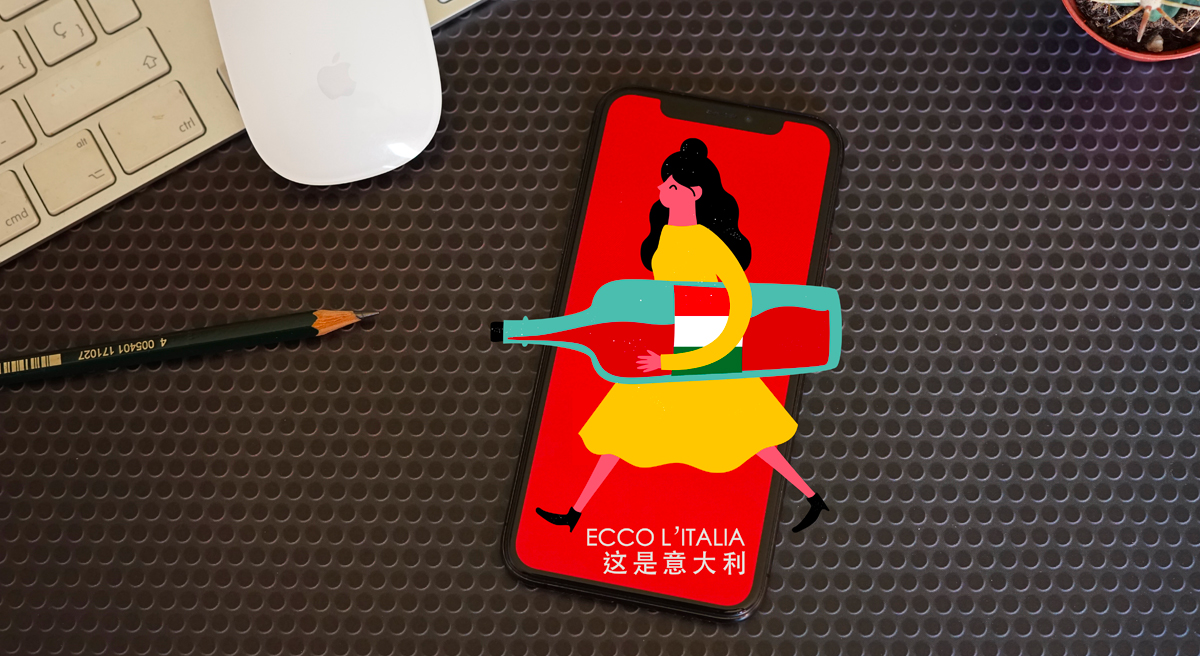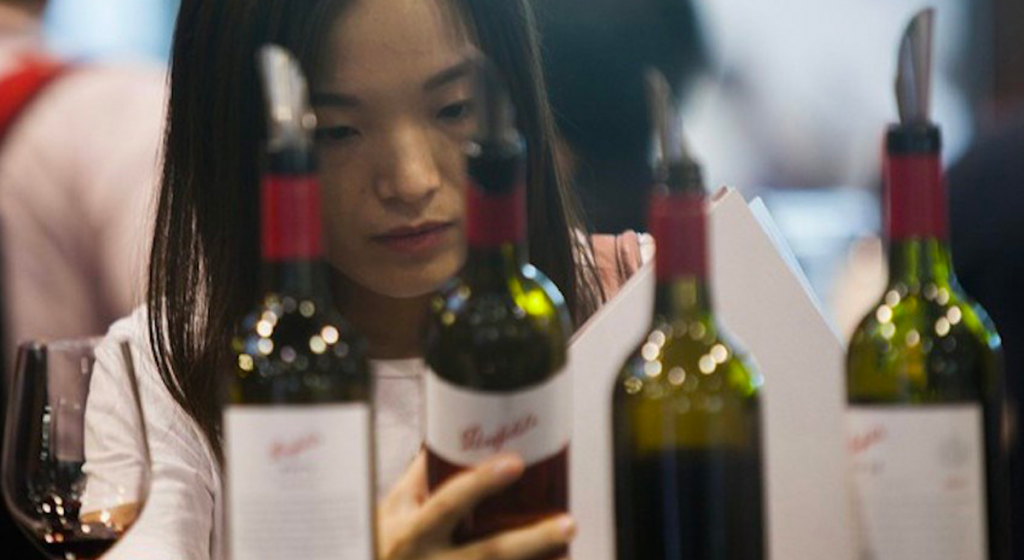Smart in everyday life

Italian wine becomes digital to conquer China
As local wine producer grow numerous, overseas brands must fight harder to establish in China, using all the digital weapons at disposal. The potential is huge, as China is the third-largest market for red wine consumption in the world, expected to surpass France in 2021. But a frequent mistake when promoting wine is to assume that made in Italy products sell themselves: it can be true in some cases, but not for China, where Italy ranks 4th in the preferences of wine-consumers, after Australia, France and Chile. Now that Australian presence in China is suffering from higher duties, it’s possible to reshuffle the cards, using digital tools. Here are some ways to do that:
- e-commerce. In China, about 20% of the wine sold in the country is sold online and 55% of buyers say they plan to buy their wine online. That’s why during the last edition of Pro Wine China the German Wine Institute announced the launch of the official flagship store for German wines on Tmall. This and JD are very much used to purchase wine, as well asthe B2C online grocery store Yihaodian. But specialized online sales platforms, like yesmywine.com or winekee.com, are very well established: turning to an online sales channel can be the right way to attract Chinese consumers.
- app is the magic word. There’s an app for everything: not only the most common e-commerce channels’ apps to purchase bottles, but there are also apps to help customers to find the best wine pairing for their dinner according to their taste or to gather information about a wine before buying it. This is interesting as it allows occasional consumers or people who want to know more on wine but are not experts – as it’s the case with many Chinese buyers – to get an education about the matter. All things to keep in mind if you’re a wine trader or distributor.
- use videos. Visual is the key to communicate nowadays and this also applies to wine. The most effective way to promote a product are short videos and captivating photos, just as two big brands like the French Chapoutier and Moët & Chandon have been doing in these last years, establishing among the favourite high-level brands. KOLs can play a role, too, of course.
As experts of Chinese digital channels, we know all this must be kept in mind when promoting a brand, but they’re not enough. Expertise in the wine field and its functioning in the Chinese market is needed too. And we got it, as we planned and took care of the Amore Wine label promotion strategy in China in every stage, from the brand design to the catalogue, from the bottle labelling to the communication strategy. Establishing on the Chinese market can be very rewarding, but only with localization and digital expertise, it’s possible to reach the goals. This is why you may need our support to successfully launch your products in China and to raise a glass to your success.

